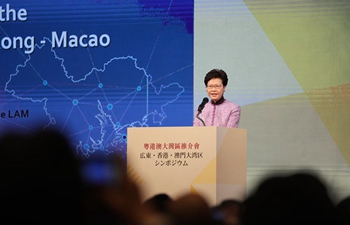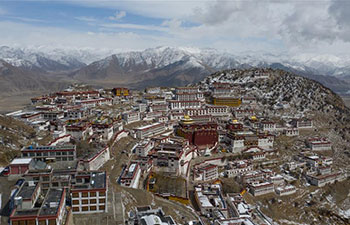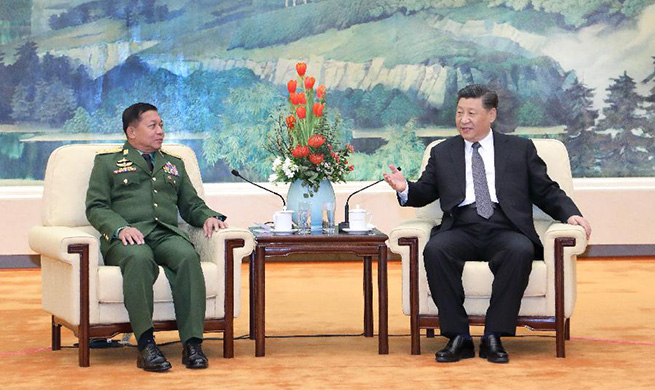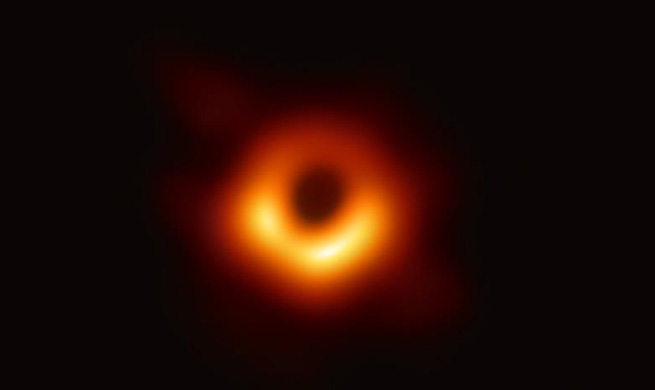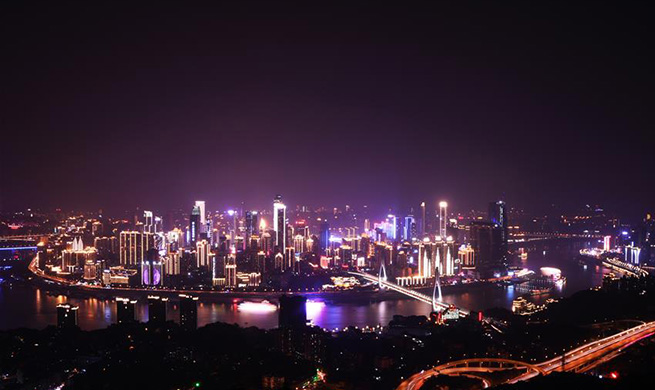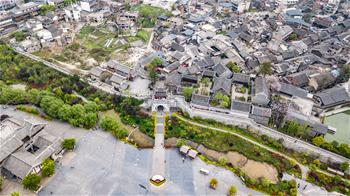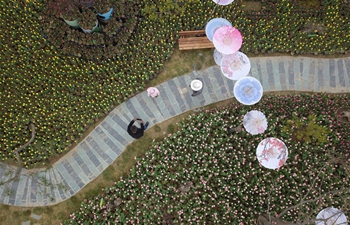LISBON, April 10 (Xinhua) -- Jose Afonso, Director of Portugal's Institute of Astrophysics and Space Sciences, on Wednesday praised the first image of a black hole, the M87 galaxy, as " a victory of the human spirit and technique", which envisions a better understanding of the formation of the Universe, Portuguese Lusa News Agency reported.
The image was published on Wednesday and the results of the observations reported at several simultaneous press conferences, including in Brussels, and published in a special issue of the journal The Astrophysical Journal Letters.
Jose Afonso, an astrophysicist who specializes in the study of galaxies, said that "for the first time" it was possible to "directly observe" a black hole, a "dense body", not even the light.
"It was only possible because of the technological advance," he said, adding that it was necessary to combine the "various" tools and "keep them in tune".
According to Jose Afonso, not even astronomers believed that it was possible to use the "best radio telescopes" and "put them to work as a single to be able to get this image".
Afonso believed that the image of the black hole of the M87 galaxy is also "another victory" of the general theory of relativity, of 1915, of the physicist Albert Einstein, because "it is again proven".
The theory postulates that the presence of black holes, the most extreme cosmic objects of the Universe, deforms space-time and overheats the material around it, according to the report.
The Portuguese astrophysicist explained that in the image "there is a darker zone" and a halo, which corresponds to light coming from material behind the black hole itself, with light "coming in the direction" of an observer on Earth " due to the deformation of the space "caused by the body itself.
On the scope of the observation, the director of the Institute of Astrophysics and Space Sciences said that obtaining the image of a black hole will allow to deepen the study of these celestial objects, since "it is now possible to measure the mass directly from the dark zone".
Jose Afonso said that, knowing more about the nature of a black hole, it is possible to see how the galaxies formed.
"Much of what we know, or think we know, about the history of the Universe is also based on black holes, which can now be studied in more detail," he said.
The black hole of the M87 galaxy has a mass 6.5 billion times greater than that of the Sun and is 55 million light-years from Earth.
From the team of more than 200 researchers who participated in its observation, the Portuguese astrophysicist Hugo Messias from the observatory in Chile is a member, Lusa report said.






